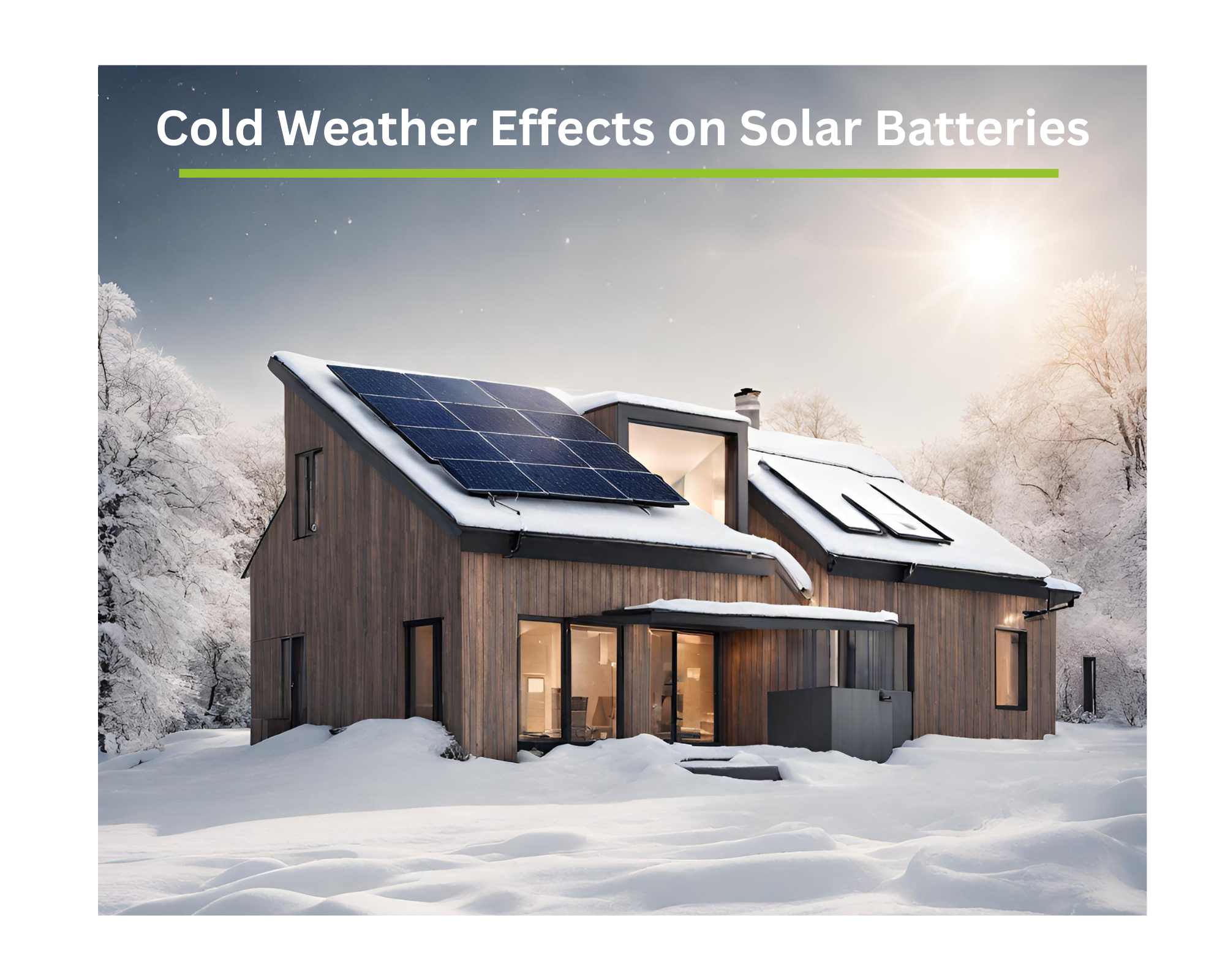
Every single solar install is different. Often there are a
number of circumstances dictating their planning and installation. One that can
be easy to overlook is the changing weather climates and the effect this can
have on a system with a battery set up.
It’s this time of year that both users and installers can
face the challenge of solar batteries battling against volatile temperature
drops in our, sometimes, chilly Irish climate.
In this short guide, we explore the science behind the
impact of low temperatures on batteries and provide a few ideas for installers
to enhance system performance in cold weather.
The cold problem:
When temperatures drop, the chemical reactions within
batteries slow down, leading to decreased capacity and discharge rates. For
installers, this underscores the importance of selecting components resilient
to Ireland's varying weather conditions AND, before an install even takes
place, choosing the right area in which to install the batteries to ensure
long-term system reliability (lofts can get pretty cold this time of year).
The Science:
Lithium-ion batteries work on a "rocking chair
principle", with electrons and Li-ions moving during charging and
discharging. But in colder weather, these types of battery can encounter
challenges. The positive electrode becomes less active, reducing electric
potential. Cold weather makes it tougher for lithium ions to move, increasing
resistance. The SEI membrane also faces difficulties, making it harder for ions
to pass through. Overall, the battery's efficiency decreases in the cold.
Charging batteries in cold weather, especially lithium-ion
batteries used in solar systems, makes things even more challenging. Quick
plating of lithium ions during charging can harm the separator inside the
battery cell, potentially leading to reduced battery performance or even system
failure.
Overall Effects of a ‘Cold Snap’
Essentially, when the temperature drops below 0°C batteries
are likely to start losing their effectiveness. In some cases, this may see
them fail to recharge and may require a manual intervention to get them
operational again. Installers should exercise caution when charging lithium
batteries in temperatures below freezing to avoid permanent damage. If you are
in doubt, our customers can call the Failte Solar technical team for advice, we
can even send you out charging packs, where needed.
Considerations to Combat Periodic Cold Weather
The problem is best avoided by taking a few things into
consideration, check out some tips from our technical team:
Smart Charging Algorithms: Modern solar inverters
often come with intelligent charging algorithms. These algorithms adjust
charging voltage automatically based on the surrounding temperature, making the
charging process more efficient, even in cooler Irish weather.
Choosing Heated Area Storage: Storing batteries in
heated spaces, like utility rooms, minimises damage caused by cold
temperatures, slowing down the chemical degradation process.
Using Battery Blankets: These blankets, designed for
insulation, trap heat and shield battery cells from cold temperatures, ensuring
better performance.
Opting for Insulated Storage or Battery Boxes: These
compact units limit exposure to freezing air, providing additional insulation
and preserving the heat generated by the battery components.
Conclusion:
When installing a system, especially in the summer when the
weather is good, it’s easy to overlook cold weather impacts. We get a number of
enquiries on this subject whenever we see an extreme temperature drop and
whilst many manufacturers are correct in stating the battery is still
operational at extremes, performance can be seriously diminished.
If you are having issues, let us know and the Failte Solar
technical team will do all we can to help out.



© Copyright 2023, All right reserved by Failte Solar